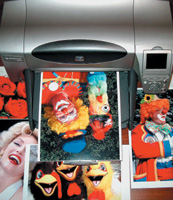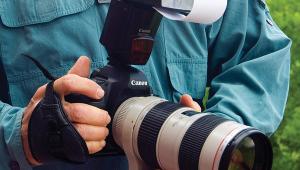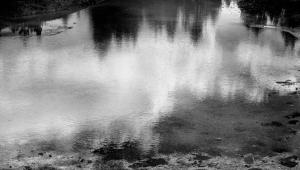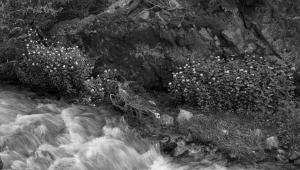Get Better Color In Your Digital Images
10 In Camera & In Computer Techniques
Just about
everyone loves pictures with rich but accurate hues and tones that enhance
the subject. We're less impressed with photos that exhibit flat,
dull colors or an artificial neon-like dazzle. There's no scientific
standard for "correct" color rendition. Still, most folks
agree that images should not exhibit an unattractive color "cast":
an overall blue or yellow tint, for example. And we often appreciate
images with slightly higher color intensity or "saturation"
than the original subject. |
|||
Adjust The White Balance |
|||
Calibrate Your Monitor Use Electronic Flash
For Close-Ups After Exposure, Eliminate
Color Casts |
|||
Get Pleasing Color
Saturation Use A Polarizing Filter Fine-Tune Color Saturation Select The Right Color
Format Use The Right Printer
Settings Develop Your Own Standards |















































